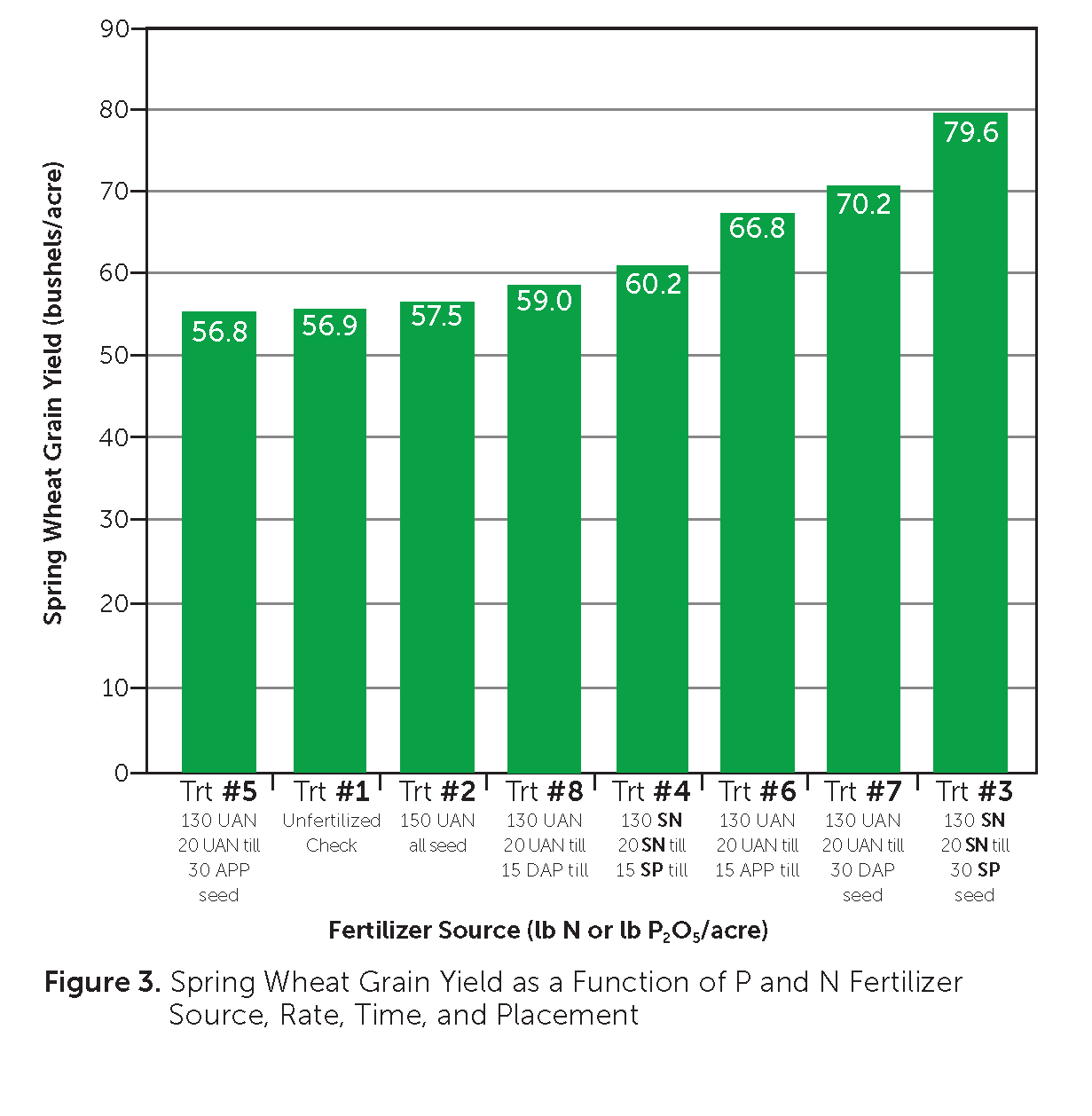Research by Olga Walsh, PhD, University of Idaho

Huma Gro® Super Nitro® followed by 30 lb P2O5 per acre of Super Phos® (Treatment #3) contributed to the highest grain test weights, biomass, and yield.
This study also indicates that Super Phos® is less corrosive and less likely to cause damage to the seeds as a dribble and suggests that Super Phos® could be applied with the seed at a higher rate compared with other P sources.
Related Posts

PROMAX® and PROUD 3® Video Testimonial from the Philippines
Roy Candelaria—representing Oracle Chemical Corporation in the Philippines—talks about his company being a pioneer in the organic movement and the important role played by Huma Gro® PROMAX® and PROUD 3®, particularly in the management of nematodes and clubroot (Plasmodiophora brassicae). “We have found no other existing products that can match Huma Gro®; the products are

Earth Day: “It’s Getting Better All the Time”
Celebrating Earth Day every April 22 is a great time to pause and reflect: How are we, today, treating the environment and the plants, animals, and people who live in it? What have we accomplished in the past year that makes our planet a better, more sustainable place to live and raise our families? What are our goals for future improvement?

Intro to Huma Gro®: The Video
Watch a short (4:18) video introduction to the Huma Gro® product line of crop nutrition and crop protection products.

